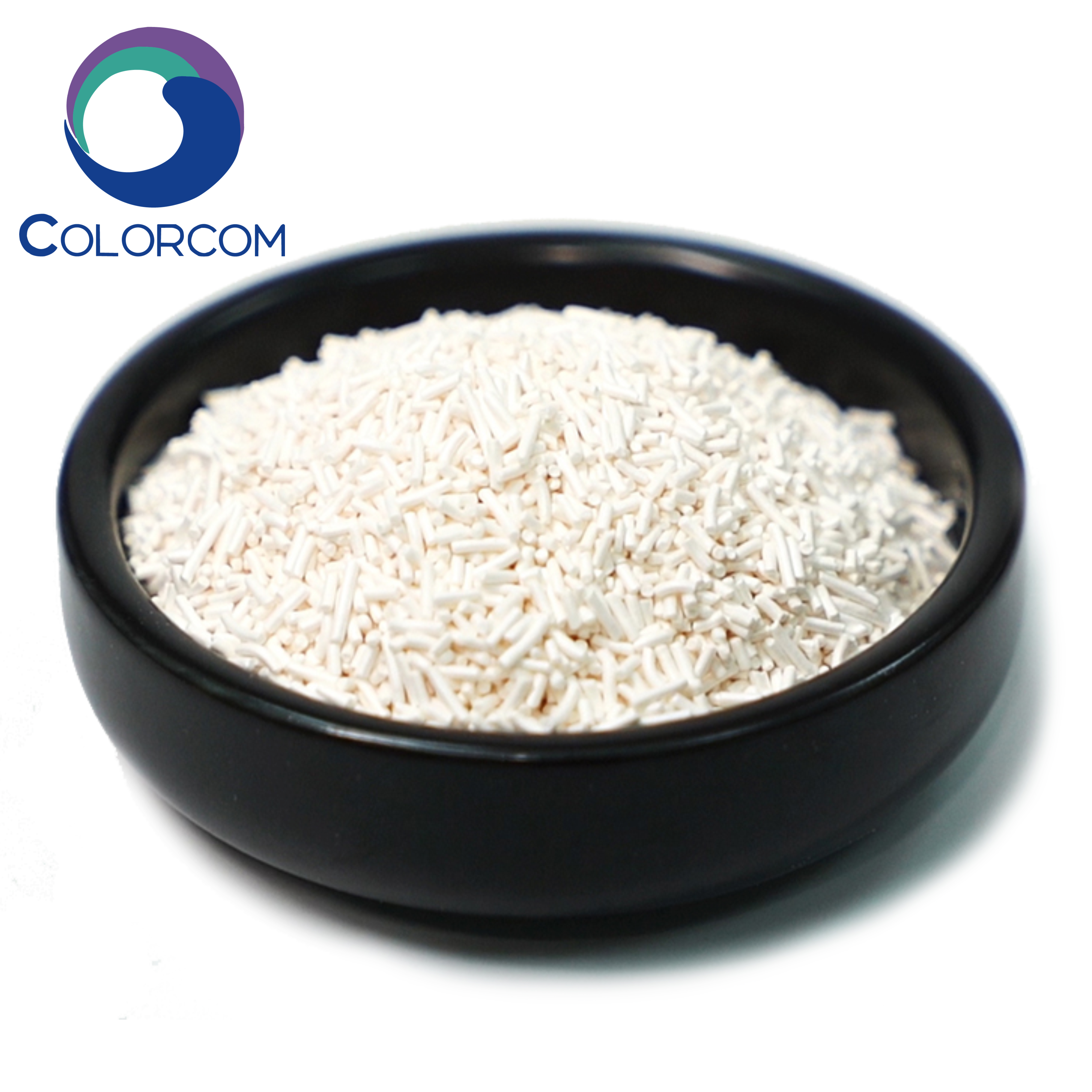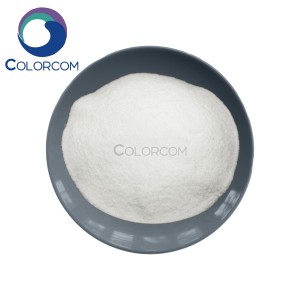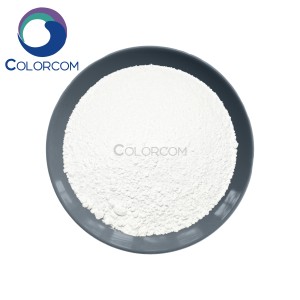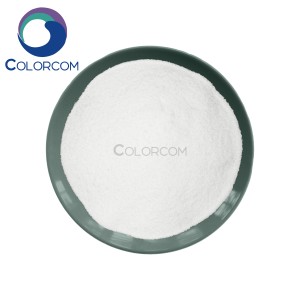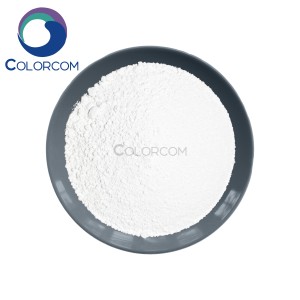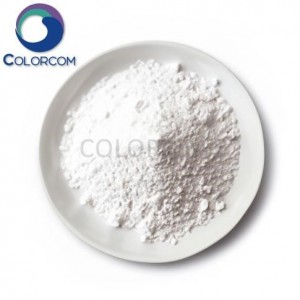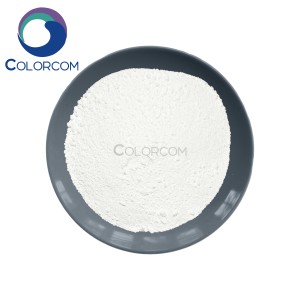24634-61-5|Potassium Sorbate Granular
Products Description
Potassium sorbate is the potassium salt of Sorbic Acid, chemical formula C6H7KO2. Its primary use is as a food preservative (E number 202). Potassium sorbate is effective in a variety of applications including food, wine, and personal care products.
Potassium sorbate is produced by reacting sorbic acid with an equimolar portion of potassium hydroxide. The resulting potassium sorbate may be crystallized from aqueous ethanol.
Potassium sorbate is used to inhibit molds and yeasts in many foods, such as cheese, wine, yogurt, dried meats, apple cider, soft drinks and fruit drinks, and baked goods. It can also be found in the ingredients list of many dried fruit products. In addition, herbal dietary supplement products generally contain potassium sorbate, which acts to prevent mold and microbes and to increase shelf life, and is used in quantities at which there are no known adverse health effects, over short periods of time.
Potassium sorbate as a food preservative is an acidic preservative combined with an organic acid to improve the antiseptic reaction effect. It is prepared by using potassium carbonate or potassium hydroxide and sorbic acid as raw materials.Sorbic acid (potassium) can effectively inhibit the activity of molds, yeasts and aerobic bacteria, thereby effectively extending the preservation time of the food and maintaining the flavor of the original food.
Cosmetic preservatives. It is an organic acid preservative. The amount added is generally 0.5%. Can be mixed with sorbic acid. Although potassium sorbate is easily soluble in water, it is convenient to use, but the pH value of the 1% aqueous solution is 7-8, which tends to increase the pH of the cosmetic, and should be taken care of when used.
Developed countries attach great importance to the development and production of sorbic acid and its salts. The United States, Western Europe, and Japan are countries and regions where food preservatives are concentrated.
①Eastntan is the only manufacturer of sorbic acid and its salts in the United States. After purchasing the sorbic acid production unit of Monsanto in 1991. Production capacity of 5,000 tons / year, accounting for 55% to 60% of the US market;
②Hoehst is the only manufacturer of sorbic acid in Germany and Western Europe, and the world's largest producer of sorbate. Its installation capacity is 7,000 tons / year, accounting for about 1/4 of the world's output;
③Japan is the world's largest producer of preservatives, with a total output of 10,000 to 14,000 tons per year. About 45% to 50% of the world's potassium sorbate production is mainly from Japan's Daicel, synthetic chemicals, alizarin and Ueno Pharmaceuticals. The four companies have an annual capacity of 5,000, 2,800, 2,400 and 2,400 tons.
Specification
| ITEMS | STANDARD |
| Appearance | White to off-white granular |
| Assay | 99.0% – 101.0% |
| Loss on drying(105℃,3h) | 1% Max |
| Heat Stability | No change in colour after heating for 90 minutes at 105℃ |
| Acidity (as C6H8O2) | 1% Max |
| Alkalinity (as K2CO3) | 1% Max |
| Chloride (as Cl) | 0.018% Max |
| Aldehydes (as formaldehyde) | 0.1% Max |
| Sulfate (as SO4) | 0.038% Max |
| Lead (Pb) | 5 mg/kg Max |
| Arsenic (As) | 3 mg/kg Max |
| Mercury (Hg) | 1 mg/kg Max |
| Heavy metals (as Pb) | 10 mg/kg Max |
| Organic Volatile Impurities | Meet the requirements |
| Residual solvents | Meet the requirements |


